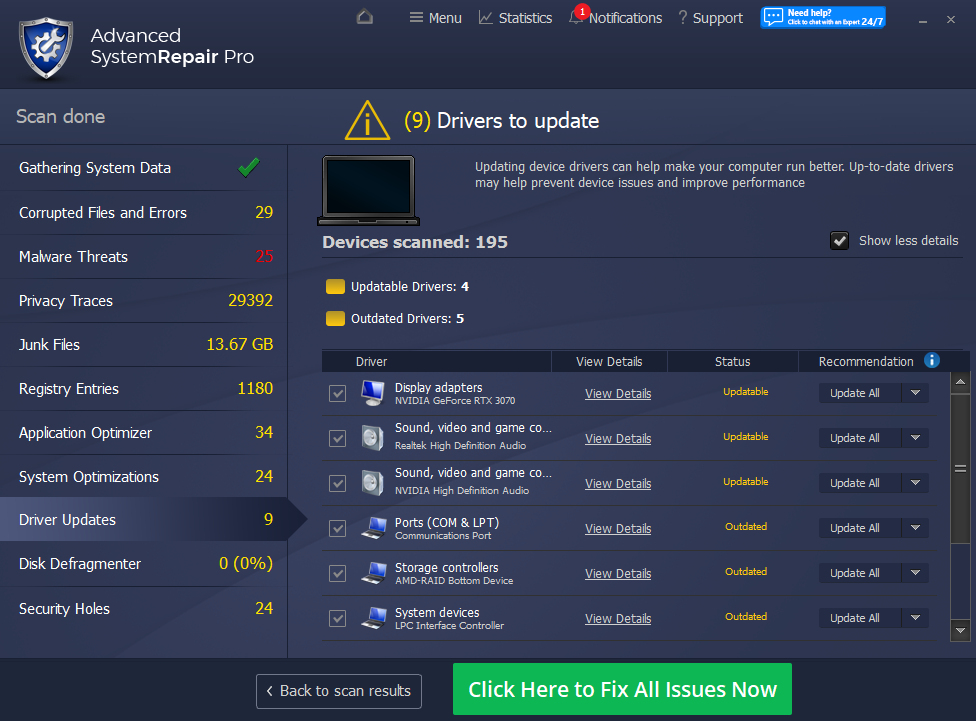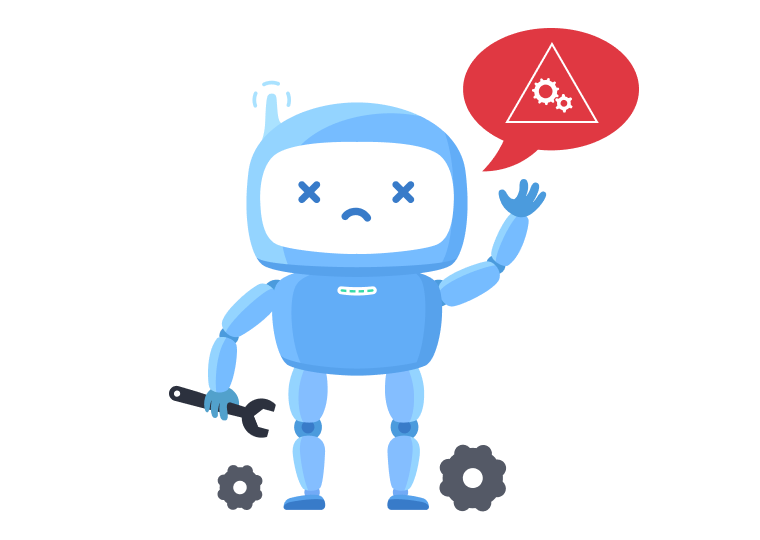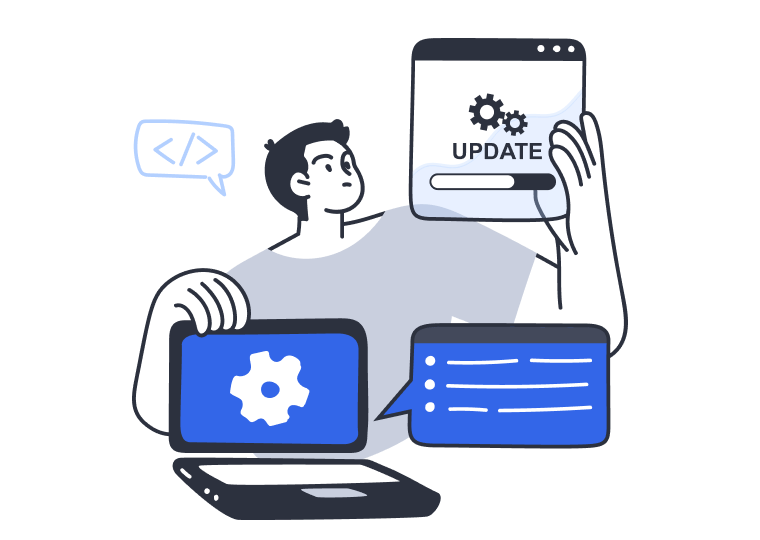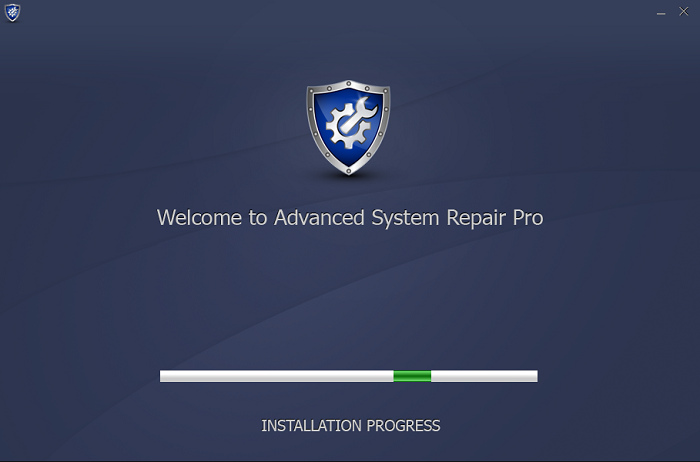
If you get a notification to update drivers, don’t ignore it. Drivers help your operating system communicate better with hardware components. They’re so critical that some devices won’t work without them, and others won’t function properly if they’re not updated. You often need to install drivers when you connect new hardware devices.
You should update drivers to improve performance and prevent system crashes and hardware malfunctions. Keeping your device secure is another reason to update drivers while using the best antivirus software for your machine. Keep reading to learn more about these crucial computer components and how to keep them updated.

Device drivers are pieces of software that help your computer’s hardware function. They’re like connections between hardware and software, helping the two communicate.
Some common computer drivers are graphics drivers, audio drivers, and modem drivers. These can also be divided into generic and specific drivers. Generic drivers are part of the computer’s operating system and are used for basic tasks like keyboard and mouse control. Specific device drivers may be included with hardware like printers, video cards, and graphics cards. They can influence image quality, allow router connection, and ensure sound production for your speakers.
When you update drivers, you reinforce the connection between software and hardware. This ensures that all connected peripherals and internal hardware perform optimally.
Driver updates are necessary to improve device functionality, boost security, and extend the life of your computer. Updating drivers may increase new software compatibility and help keep your device from being vulnerable to malware threats.
Outdated software is prone to security vulnerabilities. Hackers will have an easier time slipping malware into your device without detection. Has your computer been slow? Updating drivers can increase performance for recently installed hardware. It’s also good maintenance to automatically install updates because outdated drivers burn more energy and won’t last as long.

If you aren’t sure if you have outdated drivers, some signs will let you know. If you experience these, you may want to check for any devices with a yellow exclamation mark in your Device Manager if using Windows. You can right-click on those to update them. For macOS, you can check the System Information for needed updates.
Here are some signs you may have outdated drivers:

When you postpone updating device drivers, you risk leaving your device vulnerable to computer hackers. It’s easier to download malware on a device with outdated drivers because they may not have the patches that fix any missing security links. Although it may be tempting to put them off, you should update your device drivers when you get the notification that one is available.
You may experience unpleasant, frequent system crashes. These can be caused by outdated driver software not communicating properly with the hardware, which prevents it from functioning.
When you get a new hardware device, such as wireless earbuds, you’ll need to update the Bluetooth drivers. Without them, your earbuds may not work at all. Regular updates will increase the longevity of your device. Developers release frequent updates that improve the drivers and prevent them from using too much processing power. That alone can extend the life of your computer.
Along with regular driver updates, you want the best antivirus protection to keep your device secure. If you’re looking for an affordable solution with robust coverage, we have some recommended antivirus products that may fit your needs.

Updating drivers is crucial for the best device performance and security. It only takes a few minutes to check for updates or to set up automatic updates. Drivers help your computer function optimally, so it’s worth taking the time to ensure they’re not outdated.
 Like
1
Like
1
 Dislike
0
Dislike
0
 Love
0
Love
0
 Funny
0
Funny
0
 Angry
0
Angry
0
 Sad
0
Sad
0
 Wow
0
Wow
0